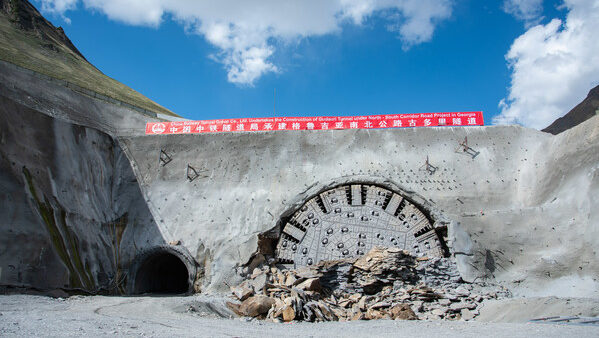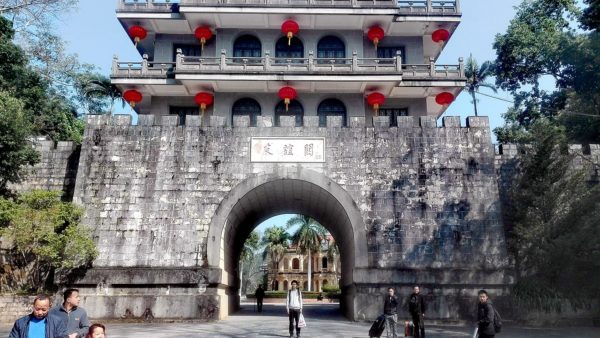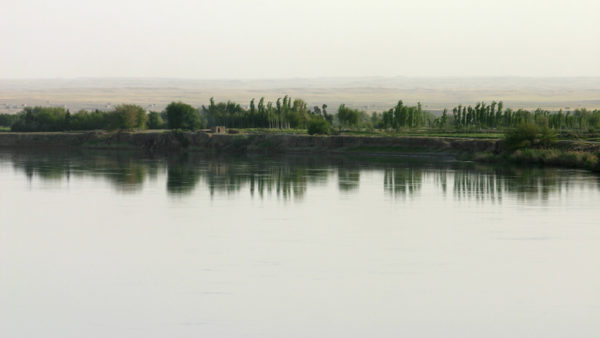A major hydroelectric dam China funded and built in Cambodia has unfairly displaced 5,000 Indigenous and ethnic minority people and undermined the lives of tens of thousands more, according to a report published today by Human Rights Watch (HRW).
Built by state-owned electricity company China Huaneng Group between 2011 and 2018, the Lower Sesan 2 dam, one of Asia’s widest, flooded large areas upstream of the confluence of the Sesan and Srepok Rivers in the country’s northeast, forcing thousands from their ancestral homes and destroying subsistence livelihoods of many more, HRW said.
From interviews with more than 60 affected people, civil society leaders and experts, the advocacy group concluded that Cambodian government and project officials made no attempt to obtain the “free, prior, and informed consent” of Indigenous peoples as mandated by the United Nations Declaration on the Rights of Indigenous Peoples, and have since left them without adequate means to support themselves.
Calling the dam a “rights disaster”, the group said many people were coerced into accepting inadequate compensation for lost property and income; were provided with poor housing and services at resettlement sites; and were given no training or assistance to secure new livelihoods.
“The Lower Sesan 2 dam washed away the livelihoods of Indigenous and ethnic minority communities who previously lived communally and mostly self-sufficiently from fishing, forest-gathering, and agriculture,” said John Sifton, Asia advocacy director. “Cambodian authorities need to urgently revisit this project’s compensation, resettlement, and livelihood-restoration methods, and ensure that future projects don’t feature similar abuses.”
HRW challenged the sustainability credentials of the dam, citing studies showing that emissions from vegetation rotting under water rival the greenhouse gasses emitted by fossil fuel power plants. One study estimated that the dam’s CO2 emission rate per megawatt hour was comparable to some natural gas plants.
The group also questioned the amount of electricity the dam is generating. China Huaneng has claimed it can produce 1,998 gigawatt hours a year, about a sixth of Cambodia’s entire annual electricity production. But HRW said the actual production “is likely less than half of that, based on reported estimates of the project’s tax revenue”.
By blocking the reproduction migration routes of many fish species, the dam has caused a major reduction in fishery yields, with experts reporting an impact across the entire Mekong River system, affecting Cambodia, Vietnam, Thailand, and Laos HRW said.
The dam became part of China’s Belt and Road Initiative (BRI) when it was launched in 2013.
“The Chinese government needs to drastically reform Belt and Road infrastructure development financing to prevent abuses in other projects undertaken in countries like Cambodia, where the government has a long track record of violating its citizens’ rights,” Sifton said. “The Cambodian government needs to reform its laws to require meaningful impact assessments for development projects and put in place more effective measures to prevent abuses.”
The 137-page report, “Underwater: Human Rights Impacts of a China Belt and Road Project in Cambodia,” is available here.
Image: Submerged shrine in the village of Srekor, northeastern Cambodia, inundated after the completion of the Lower Sesan 2 hydroelectric dam (© 2019 Human Rights Watch/CC BY-NC-ND 3.0 US)
Further reading:










